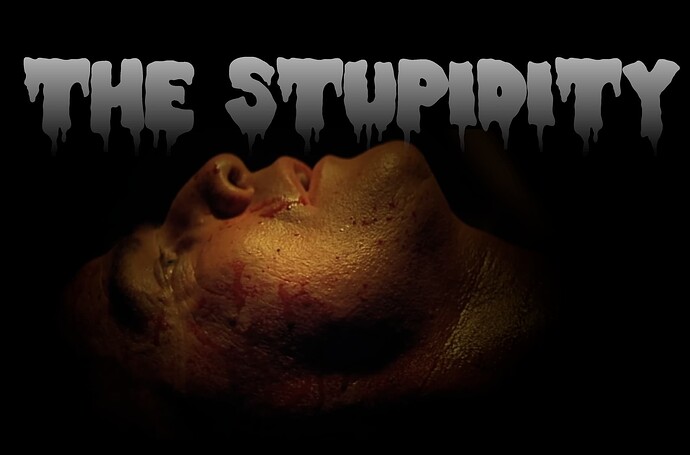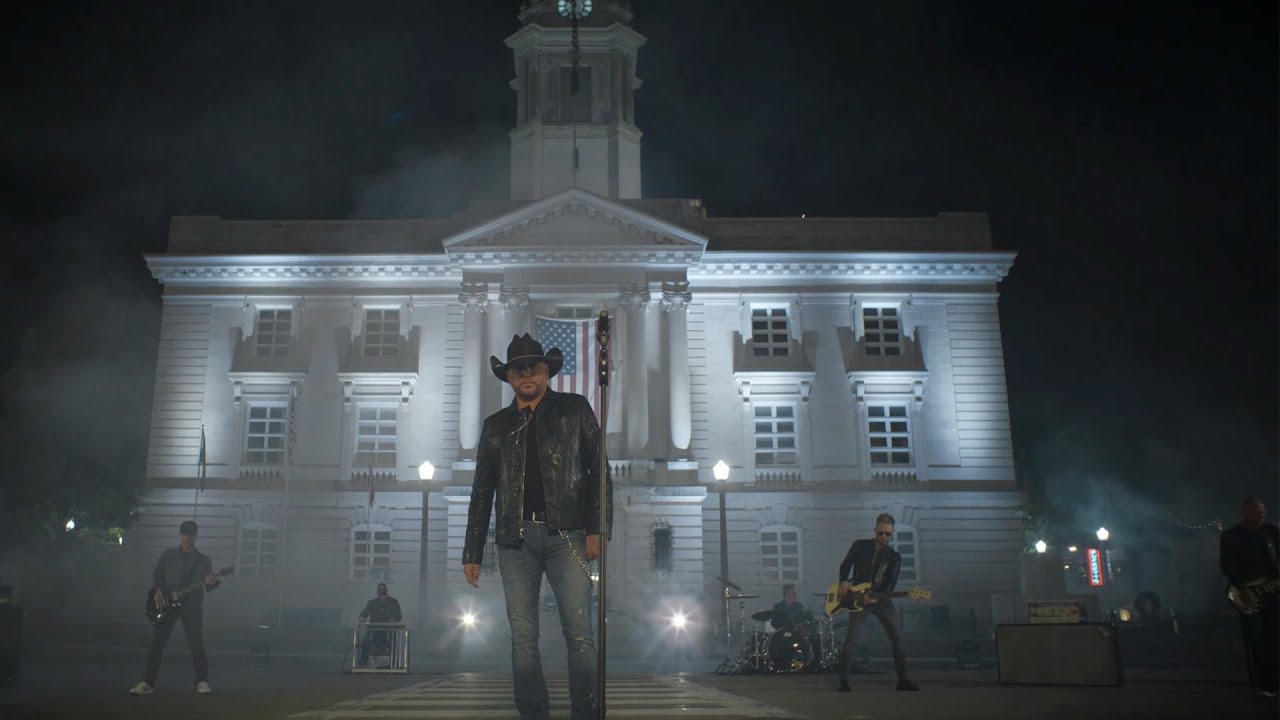Indeed, the first part of your paragraph is correct. That said, Hassett is wrong. I’ve dealt with ewes that had lambs die in utero, ewes with malpositioned lambs who wouldn’t have survived except for assistance from shepherds. Also with various felines and canines. Not just a big brain prblem, not unique to humans among mammals.
Thanks. That’s what I thought. With a mare it’s nearly always going to be death for both parties if the foal isnt positioned exactly right.
It would be interesting to see a comparison of maternal mortality rate for a broad variety of mammalian species, but I haven’t been able to find one so far with search queries I’ve tried. I asked GPT-4, and here’s what it came up with:
Maternal Mortality Rates in Humans: Maternal mortality rate (MMR) is typically measured as the number of maternal deaths per 100,000 live births. According to the World Health Organization (WHO) and the United Nations, the global maternal mortality rate for humans was estimated to be around 211 deaths per 100,000 live births in 2017. However, these rates vary significantly across countries and regions.
Comparative Maternal Mortality Rates in Mammals: While comprehensive data on maternal mortality rates in various mammal species is limited, there are some studies and observations that provide insights into this topic. It’s important to note that maternal mortality rates can vary widely due to factors such as species biology, reproductive strategies, environmental conditions, and human interventions. Here are a few examples:
- Domesticated Species:
- Cattle: Maternal mortality rates in cattle have been reported to range from less than 1% to around 5%, depending on factors like breed, management practices, and access to veterinary care.
- Sheep and Goats: Maternal mortality rates in sheep and goats can range from 2% to 10%, with higher rates observed in certain breeds or under challenging environmental conditions.
- Dogs and Cats: Maternal mortality rates in dogs and cats can vary widely, but generally, they are considered to be lower compared to some other mammal species. Rates can be affected by factors like breed, maternal health, and access to veterinary care.
- Wild Mammal Species:
- Elephants: Maternal mortality rates in elephants are relatively low, estimated to be around 1-2%. These animals typically have long gestation periods and exhibit strong social bonds, which may contribute to lower mortality rates.
- Great Apes: While data is limited, maternal mortality rates in great apes, such as chimpanzees and gorillas, have been reported to be relatively low compared to humans. However, precise figures are not readily available.
- Whales and Dolphins: Maternal mortality rates in these species can vary, but they generally appear to be lower compared to humans. Data on specific rates across different species is limited.
It’s important to remember that the information provided above is not exhaustive, and more research is needed to establish comprehensive maternal mortality rates in different mammal species. It’s also crucial to approach such comparisons with caution, considering the inherent biological and ecological differences among species.
After thinking about addressing this by resurrecting The Delegate Network for another run for Congress since I aborted my last run upon my late wife’s entry to an extended end of life hospice, and considering the kind of arguments against it… the artist in me cried out to express this…
I envy the black bears! Huge animals but the cubs only weigh about 8 ounces at birth! They just sorta slip out while mom is hibernating, i dk if she even wakes up! Then they go right to the teat and start growing. They’re pretty big already by the time you see ‘em in Spring…
I read somewhere that they mate in spring, but if they conceive the zygote doesn’t nidate till it’s time to hibernate. And if the sow isn’t well fed, it just never does.
Country music is, like its cousin bluegrass, a battleground as evidenced by TV shows like “Nashville” that attempt to promote the idea that the “honor culture” of the Scotch-Irish are as femme (“ragr”) as the metrosexual cities. I don’t believe for a second that this is being done in ignorance of the deep history of Old Norse custom that if a man called another man a femme, that killing him was justifiable homicide if not a duty to himself and kin.
If we look at the big picture in connection with the brou-ha-ha over this song, it’s just about the rural-urban divide in our country, which VDH has written about and I think people on Scanalyst have, too. Here I sit in rural Appalachian NEPA—and I think the lives nd concerns of urban dwellers have NOTHING whatsoever to do with the concerns of my (not very near) neighbors and me.
The trope that rural America is more “violent” than urban: do not make me laugh! Do we, for one thing, see more gun homicides in cities or in the countryside?
Idk, though , “Try that in a Small town”…? have you read the “flight from the village” school,of American fiction: Sherwood Anderson, John O’Hara, and Edgar Lee Masters’ Spoon River Anthology spring to mind. Once I read somewhere the statement, “In a small town, people mind their own business”. ![]()
![]()
![]()
![]() In my experience, nothing could be farther from the truth. We mind EVERYBODY’s business. It’s the only game in town. There’s no anonymity, and when your fellow villagers look at you, they see your forbears hovering at your shoulder. And the sins of the fathers, etc., etc……
In my experience, nothing could be farther from the truth. We mind EVERYBODY’s business. It’s the only game in town. There’s no anonymity, and when your fellow villagers look at you, they see your forbears hovering at your shoulder. And the sins of the fathers, etc., etc……
The Lefty urbanites just don’t want us gettin’ uppity about America’s rural population—which is of course far superior in every way. Including racism. Okay, people in the Deep South after losing the Civil War saw blacks as the enemy (and some of them actually HAD been enemy soldiers to be fair) but in general I think rural areas are much less race conscious. When I moved back here I noticed the prevalence of interracial couples; nobody looked twice. Rural America actually pioneered the situation we have now where (at least according to Madison Avenue) it’s practically de rigeur to marry outside one’s race.
Here is the official music video of Jason Aldean’s “Try that in a Small town”. Lyrics, in ALL CAPS, are at the YouTube page.
A lot of that has to do with the inhibition against violence by civil society. There’s the valid stereotype of the small town female “busy body” which tends to fill in a social gap left by inhibition of masculine “finish it” aggression against extreme social transgression. The less you can rely on that masculine backstop, the more you must rely on female forms of aggression against transgression.
That, again, correlates with the inhibition of masculine aggression by civil society – rendering sexual selection far more biased toward the female’s power of consent in the form of copulatory inclusion, than the male’s power of consent in the form of aggressive exclusion. Among individualistic peoples – both male and female – gang aggression against individuals is viewed as the essential spiritual war. It is therefore the triumph of gang aggression’s psychological warfare, in the form of story telling (TV, movies, books, etc.) to portray any aggression by individualistic males as gang aggression. This, by the way, is why I would strongly advise against valorizing interbreeding as “the solution to racism” or even as an indicator of “absence of racism”. Things could get very ugly once the gang boot is lifted from the individual man’s neck.
I’m not sure I grok your point about gangs, but thank you. I do agree about feminization of the culture generally.
But I hafta say, I wasn’t thinking of gossipy WOMEN. In my experience more often than not it will be a man who comes up and drawls, “Say….I heard you [ fill in the blank: have cancer, are selling your land, don’t like us Smiths]”. I think men depend heavily on rumor, among their direct peers, especially those with whom they’re in competition. If not more than women, then at least not less.
Maybe the difference is in the Scots-Irish pioneers who left Appalachia in the 19th century to settle the upper Midwest. But I see a decided bias toward female “civic activism” as decisive in acceptance of admixture and not just in the Boomers.
Depends where the small town is.
Steve Sailer is on it.
For more details, see his 2022-08-13 post, “How Much Worse Are Black Homicide Rates Due to Living More in Big Cities?”.
I knew I ran across this meme somewhere before – not just that the Sun may be thought of as a deity or even that it may be thought of as somehow intelligent in a meaningful way, but that there is something to the state of matter called plasma that may provide dynamical structures with sufficient stability to qualify as information processing components. Plasma physics is one of those areas I had to get into in a nontrivial way as part of my work with folks trying to use neon indicator bulbs as receiving antennas of “crackpot” physics radio that conveys information in field free (longitudinal or curl free) regions of the magnetic vector potential ala Aharonov-Bohm. This goes beyond what Hal Puthoff has patented in that relativistic electrons are essential and can only be supplied in the requisite form by a plasma – not by an electron gun – due to something called the effective mass of the electron in a plasma being close to 0.
I wasn’t consciously thinking of this when I started sorting through my Audible books for something to re-listen to falling asleep – I was consciously reminiscing about the last days with my wife in hospice while I listened to Frank Herbert’s “Whipping Star” – one of his strangest stories (and that’s saying something) that involves stars being persons that could communicate verbally (after their fashion) via avatars. I just missed her and wanted the feeling of being around her.
Then, a couple days later, a video popped up on the YouTube app involving Rupert Sheldrake wherein he mentioned the idea in his paper “Is the Sun Conscious?”
This sort of thinking might well lead one to believe there is more to the threat of solar mass ejections putting an end to civilization as we know it than the actuaries might be able to calculate.
The sun as a deity. Akhenaton, thou shouldst be living at this hour!
It’s correct, though, no matter what else we can say, life on Earth is dependent on the sun, whether it’s just another random star or whether it’s conscious. All hail Helios!



